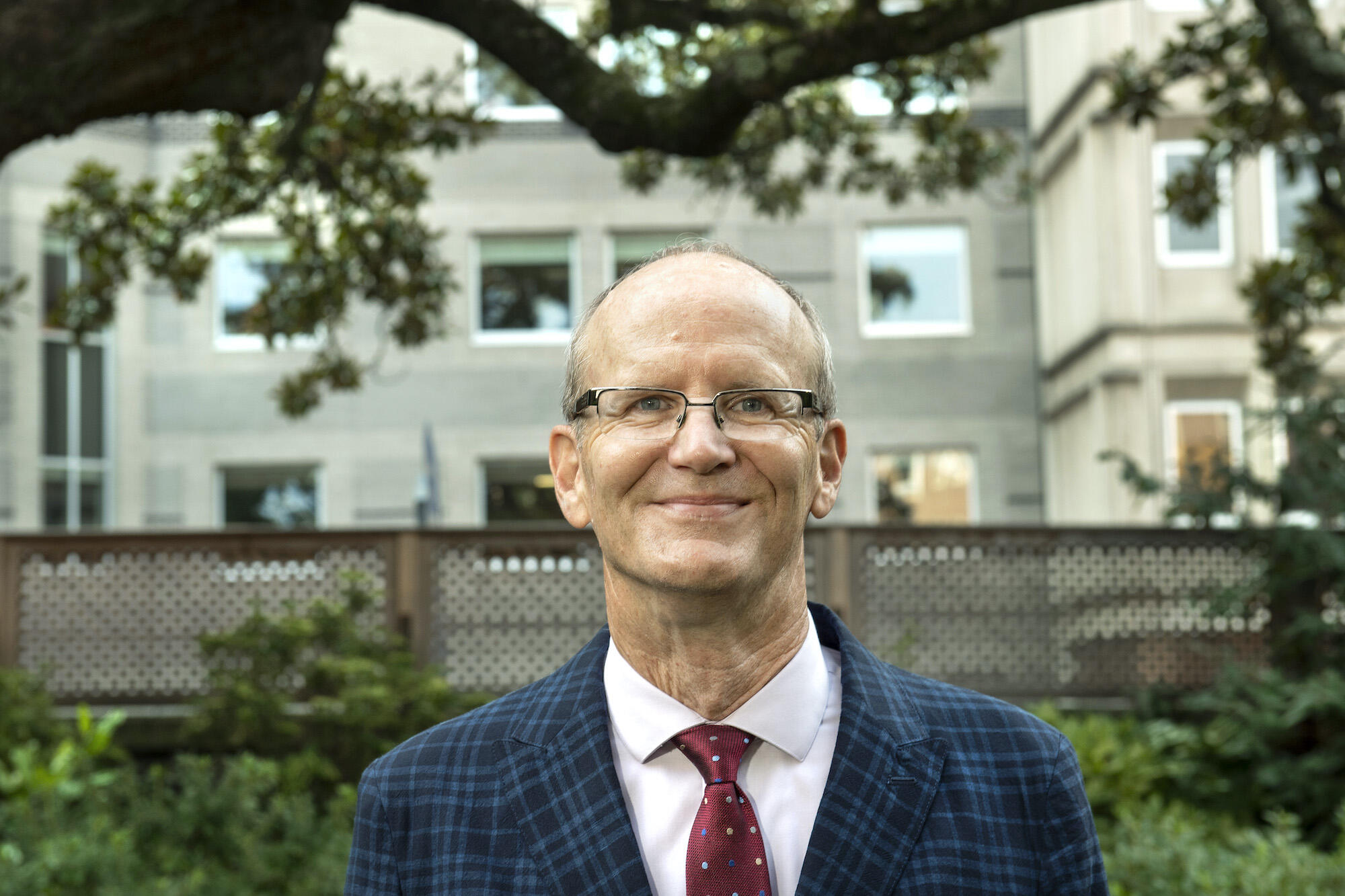
Sept. 20, 2021
The true cost of sickle cell disease: $1.5 billion in lost productivity per year
Share this story
Sickle cell disease causes $1.5 billion in lost wages and productivity each year in the U.S. alone, according to the first study of its kind.
That comes to more than $650,000 lost over the average working life of a person living with the painful genetic disorder.
Lead researcher David Holdford, Ph.D., a professor of pharmacoeconomics in the Virginia Commonwealth University School of Pharmacy, called the results “shocking.”
The peer-reviewed study, titled “Indirect Economic Burden of Sickle Cell Disease” and published in the August edition of the journal Value in Health, is the first attempt to quantify the financial impact of sickle cell on individuals and families.
Holdford and collaborators surveyed patients at a sickle cell clinic for adults at VCU Health. They found that sickle cell disease has profound effects on the work, productivity and daily lives of adults with the disorder.
“Too many people are not aware of how severe this disease can be and how it can affect lives, work and income,” Holdford said. “What we have demonstrated is that sickle cell is not only an important medical problem, it’s an economic one. Unfortunately, this will continue until we have a cure.”
Holdford, who researches economic aspects of medications and health care, said he was startled by the amount of pain the respondents suffered and the effect it had on almost every aspect of their lives.
“The number of pain events and the overwhelming impact they had — to me, that was shocking,” Holdford said.

In the study, 97% of respondents reported severe, debilitating painful attacks from sickle cell. Many reported suffering hundreds of such pain events every year.
Sickle cell disease, a genetic disorder that distorts red blood cells so they clump together, is characterized by sudden, unpredictable attacks of agonizing pain. It affects about 100,000 people in the United States and is most common in people of African, Mediterranean and Middle Eastern descent — about 1 in 365 Black or African American babies is born with sickle cell disease. There is no cure, though stem-cell therapy has shown promise.
Current treatments can moderate symptoms to some degree but none eliminates the painful attacks. Recently, researchers at VCU have begun trials on a promising medication based on aromatic aldehydes. Team members have decades of experience working with sickle cell patients through VCU Health’s adult sickle cell medical home and pediatric and adult sickle cell programs, which together serve more than 950 patients. In 1972, VCU became one of the first 19 institutions in the U.S. to be awarded federal funding for a sickle cell disease outreach program.
In the study, Holdford and collaborators — including Shirley Johnson, VCU sickle cell research operations manager and patient navigator supervisor, and Wally Smith, M.D., the Florence Neal Cooper Smith Professor of Sickle Cell Disease at the VCU School of Medicine and medical director of the adult sickle cell program at VCU Health — surveyed 192 patients at the sickle cell clinic for adults at VCU Health. The clinic sees more than 650 adults with sickle cell from across the Southeast. In calculating financial impact, the researchers used Virginia’s mean hourly wage of $25.53 per hour.
Among the findings:
- Employed individuals reported missing work an average of seven weeks per year because of pain from sickle cell disease.
- They reported going to work while in pain an average of 100 days each year, resulting in distraction and lost productivity.
- On average, employed patients lost an estimated $15,000 per year: $10,000 from missed work and $5,000 from lost productivity due to pain at work.
- 52% of respondents reported being the primary wage earner for their families.
- Overall, 30% of patients reported having full- or part-time employment.
- 75% reported impairment in their ability to complete everyday tasks, such as caring for children, running errands, doing housework, shopping for groceries and volunteering.
- Respondents reported that pain from sickle cell impaired their ability to complete activities of daily living on nearly three out of every 10 days over the past year.
Subscribe to VCU News
Subscribe to VCU News at newsletter.vcu.edu and receive a selection of stories, videos, photos, news clips and event listings in your inbox.







